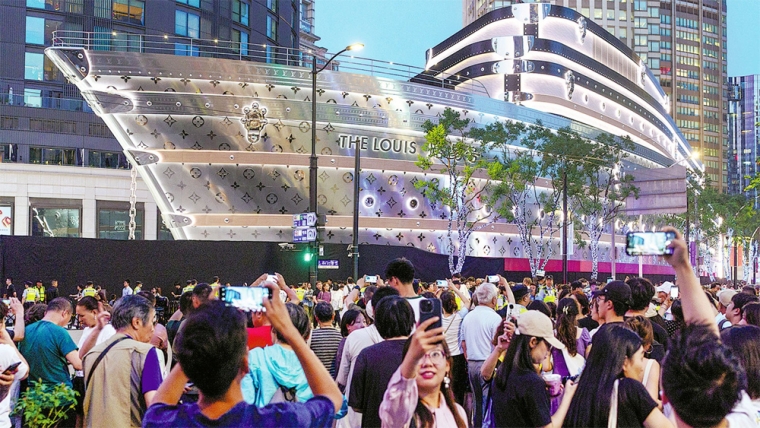
By Mark Tanner*
Now that was wild. In just three minutes, Xiaomi sold 120,000 units.
It feels like a lifetime ago – way back in 2014 – when the company was riding high on flash sales of ¥419 ($58) smartphones, a tactic that helped propel Xiaomi to the top of China’s smartphone charts … until flash sales lost their novelty.
This time around, they weren’t flogging budget phones. They were moving sleek electric SUVs priced between ¥253,900 and ¥329,900 ($35,000–$45,500). Within 72 hours, more than 300,000 buyers locked in their orders – over half the number of Tesla’s similarly priced Model Y units sold in China last year. That equates to over ¥83 billion ($11.6 billion) in sales in just three days.
Impressive, no doubt. But even more remarkable is the context: less than three months earlier, Xiaomi’s debut EV had come under fire after a fatal crash. The driver had activated the car’s Navigate on Autopilot system before hitting a concrete guardrail at 97 km/h in Tongling, Anhui. The crash tragically killed all three passengers – female university students who were trapped inside as the car went up in flames.
Xiaomi acted quickly, acknowledging the incident and cooperating with the investigation. Initially, the company was accused of lacking empathy. But public sentiment began to soften following a heartfelt statement from rockstar CEO Lei Jun, who described it as “the darkest day” of his life and offered condolences to the victims’ families.
The SU7’s initial release had been rapid. It sold 75,000 units in under a month, which Xiaomi was criticised for chasing hype over safety. But the 300,000 orders placed within three days of its latest release suggest something important: Chinese consumers generally don’t hold grudges for long – especially when a brand responds quickly, transparently, and appropriately.
It’s all part of the “China Speed” dynamic.
We’ve seen it play out time and again: brands fall from grace amid massive social media backlash, only to bounce back swiftly. Whether it’s Nike or Apple at a brand level, or entire nations like Japan or Australia, Chinese consumers often move on faster than many expect.
What they don’t accept are brands that rest on their laurels, trading on what made them popular years ago. Brands don’t need to reinvent themselves every year, but they do need to stay relevant to their evolving audiences.
To see this at its most extreme level, look no further than West Nanjing Road in Shanghai, where Louis Vuitton has erected a 30-metre-high cruise ship-shaped flagship store in hope of offsetting the broader luxury sector downturn. It’s an audacious play to tap into consumers’ growing desire for experiences.
Of course, not every brand has the budget, or real estate, for a floating palace. But relevance doesn’t always require tens of millions. It means being sharply targeted: by demographic, geography, and tribe. It means understanding the functional and emotional needs of those segments and meeting them through locally resonant touch points.
For foreign brands, this often starts with demonstrating true local relevance: food and beverages that suit Chinese palates, fashion that fits Chinese body types, skincare tailored to Chinese skin, and infant formula optimised for Chinese babies.
As seen in the strong appetite for imported goods during JD’s recent 618 festival, there is still healthy appetite for well-marketed foreign brands in China.
*Mark Tanner is the CEO of China Skinny, a marketing consultancy in Shanghai. This article was first published here, and is re-posted with permission.
2 Comments
In 2024, 87,571 new passenger cars were sold in New Zealand. Compare with 300,000 in 3 days of a single make and model.
The typical battery degradation for Model 3 and Model Y after 200,000 miles is 12–15%, depending on the specific model and battery chemistry.
So we need to monitor what happens with the Xiaomi EVs.

We welcome your comments below. If you are not already registered, please register to comment.
Remember we welcome robust, respectful and insightful debate. We don't welcome abusive or defamatory comments and will de-register those repeatedly making such comments. Our current comment policy is here.